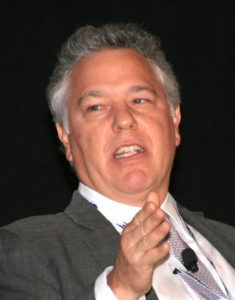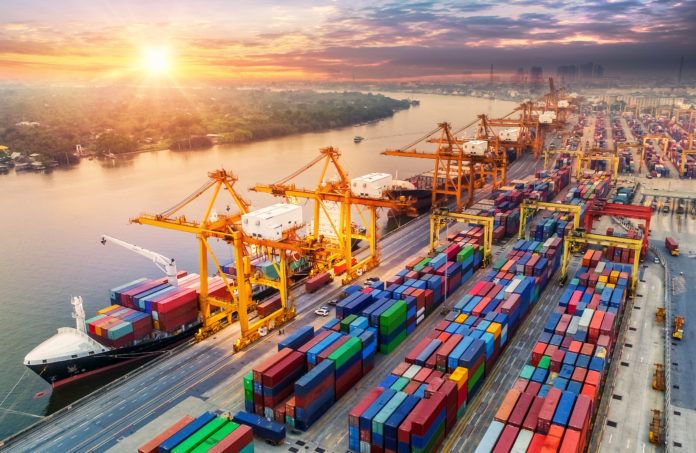A sharp increase in the export of petrochemicals in the last two years has contributed to a supply chain bottleneck and forced many Gulf Coast logistics teams to look for new ways of doing things. Speaking at a Supply Chain and Logistics Conference Nov. 15-16 in Houston, panelists predicted the problem will likely get worse, courtesy of an impending second wave of investment.
Some 700-plus supply chain professionals attended the two-day conference to hash out these and other problems, as well as share best practices. Participants represented a variety of petrochemical suppliers with a presence along the corridor, including ExxonMobil, Chevron Phillips Chemical, Shell, Dow Chemical, Westlake Chemical, Sasol, Chevron and Formosa.
According to event sponsor Petrochemical Update, nearly 30% of U.S. polyethylene production is now exported, and could increase to as much as 90% because of new U.S. polymer capacity scheduled over the next few years. Ports, rail, trucks, packaging and other major logistical providers are stepping up operations to handle the additional load.

Since mid-2017, rail congestion and shipping container shortages have become serious issues, exacerbated by tariffs and the ensuring trade war. A trucker shortage, however, has been a more enduring problem. “Trucking is the number one thing we’re concerned about, quite honestly,” Rhoades adds. “We’ve been able to work through it pretty well, and that’s been by partnering with good companies.”
Joe Kelly, polyethylene logistics manager at Shell Chemical in Houston, says Shell is seeking to improve the consistency of deliveries, as customers deal with increasingly tight supply chain windows. “Capacity is getting tighter than it needs to be, and that is evident in every link of the supply chain from drivers to rail to ports. We’re trying to find a way to connect the dots in an optimal way that achieves our goals.”
Innovation is a key part of the solution. As such, the digitization of the supply chain was a popular topic at the conference, as panelists discussed the transformation of the supply chain to a digital supply network.
Collaboration and improved visibility among owners and suppliers are also crucial. “We’ve got to look at doing some innovative things,” Rhoades says. “We’ve got to step out of the box for this next wave, because it’s going be an even bigger step change than the last one.”
In 2019, the annual supply chain conference will merge with the much larger Downstream Exhibition & Conference, scheduled for June 11-12 at the George R. Brown Convention Center in Houston. The conference is expected to attract some 7,000-plus attendees, 3,000 delegates and 350 exhibitors from major owner/operators, EPCs and service providers along the Gulf Coast.



